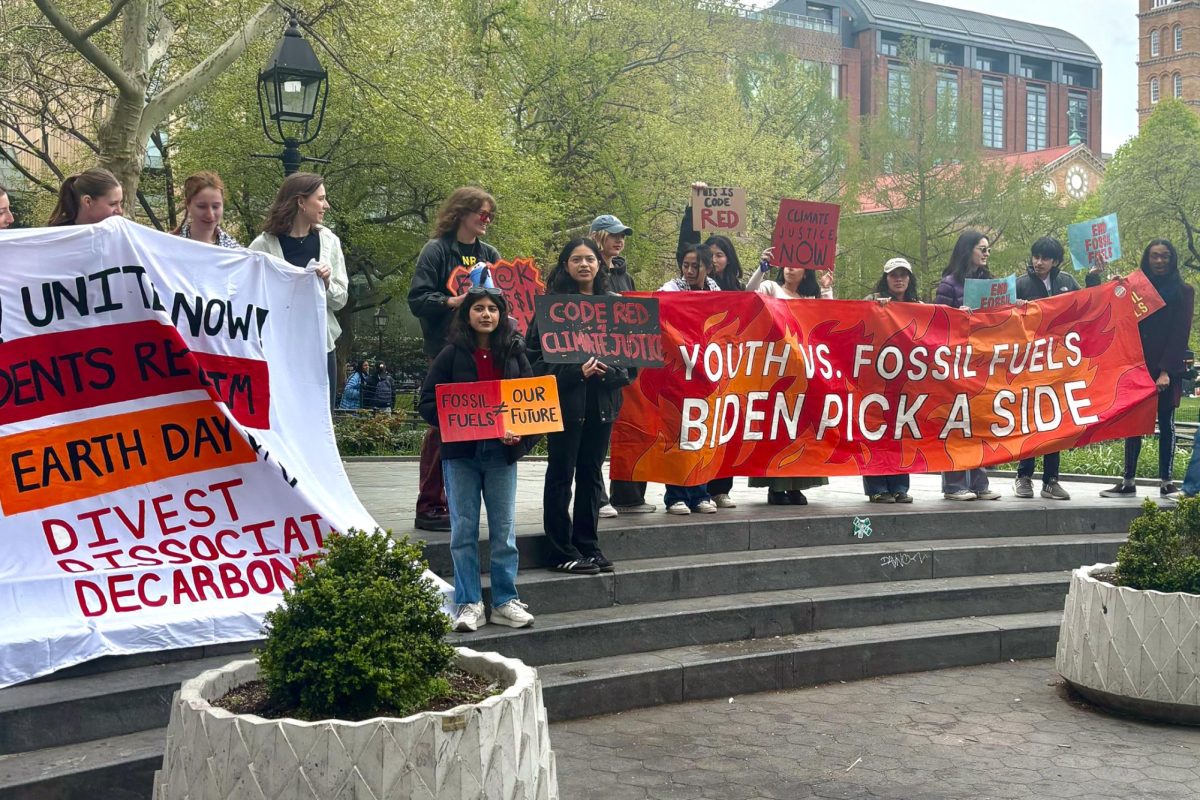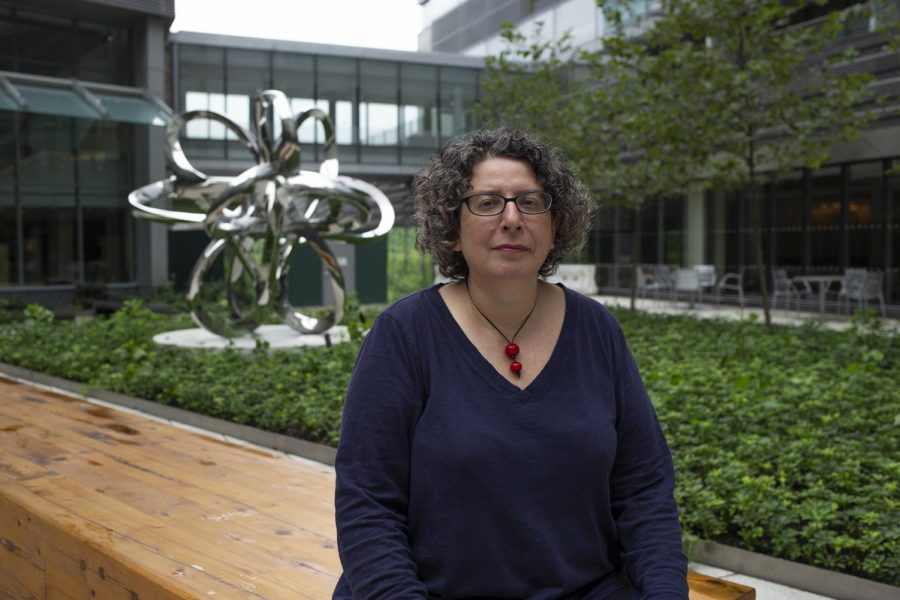9/11 First-Responders Contribute to NYU Lung Disease Research
Dr. Anna Nolan in the courtyard of the new Science Building at NYU Langone.
September 11, 2018
New NYU research may bring science closer to detecting and treating lung disease in firefighters exposed to toxic chemicals on 9/11.
Anna Nolan, an NYU associate professor in the departments of Medicine and Environmental Medicine, led a study that found a connection between abnormal levels of certain metabolites, or chemical byproducts of cellular breakdown processes, and the development of obstructive airway disease — a type of lung disease and an umbrella term for diseases such as asthma, chronic obstructive pulmonary disease, abbreviated as COPD, and emphysema.
The team found that abnormalities, such as elevated stress hormone levels and decreased levels of branched-chain amino acids, which the body needs but does not produce on its own, are highly predictive of lung disease.
“Because these serum samples were drawn before they actually lost lung function but soon after their exposure, they allow us to actually predict eventual loss of lung function,” Nolan told WSN. “Now, the next step up would be to see if you could identify a set of metabolites, a model that would be associated with a loss of lung function. Then you could identify individuals that were actually not sick at the time and maybe pair a treatment based off those markers.”
In the study, researchers examined blood serum samples that were taken within 200 days of 9/11. The samples came from 15 firefighters from 9/11 who had experienced some loss of lung function by 2015 and 15 firefighters from 9/11 who remained healthy. Both groups were subject to similar exposure of harmful chemicals from the World Trade Center collapse.
The researchers looked at levels of 580 metabolites. With the help of artificial intelligence, they were able to zero in on a group of 29 metabolites that are most associated with lung disease.
“We were presented with this challenge of having hundreds of metabolites, not necessarily a lot of information on all of them, and so the question is how do we find out which ones are important to our disease,” George Crowley, a pre-doctoral fellow and one of the study’s co-investigators, said. “That means we need to select certain features, and the way we do that is through these machine learning methods which can look at how metabolites interact with each other as well as if they’re individually associated with disease. Then, using that, you can find out which ones are the most associated.”
The next step for the researchers is to analyze more serum samples in order to validate their findings. The team will also conduct clinical trials by placing 9/11 firefighters on a Mediterranean diet with the goal of decreasing participants’ Body Mass Index, which the researchers believe would improve lung function.
“Part of the goal of this is to find a small set of factors that you could test for, ideally quickly and cheaply, that could tell you with a high degree of accuracy, whether or not somebody is at risk of developing disease,” Crowley said. “That way, you can monitor them more closely and maybe treat them earlier.”
Email Sarah Jackson at [email protected].














































































































































